
Wiley Miller
By Charles Apple The Spokesman-Review

“Non Sequitur” returns — by popular demand, no less — to the pages of your Spokesman-Review Sunday. And Monday, the creator of the comic strip, Wiley Miller, will appear at Spokane’s Bing Crosby Theater for a town hall-type session with S-R editor Rob Curley. Here’s a brief look at Wiley’s cartooning career:
1971
Leaves Virginia Commonwealth University in Richmond.
Works for a number of employers in the Los Angeles area — most notably, Aero Products Research of Los Angeles, where he helped make training films for airplane pilots.
1976
Wiley — known as David Miller in those days — started out his newspaper career as a staff artist at The Record, the afternoon paper in Greensboro, North Carolina, providing spot illustrations and graphics for use throughout the newspapers. Shown: Wiley at his desk in 1978.
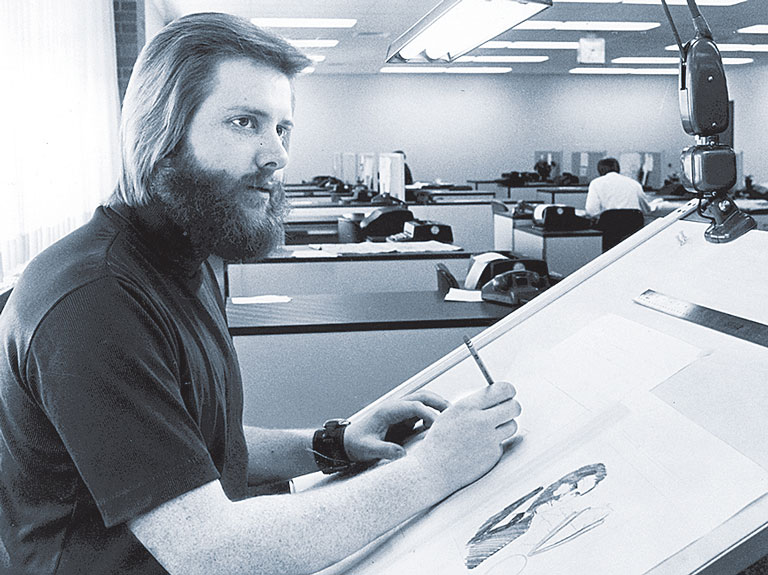
He begins doing editorial cartoons — at first on his own time. Only years later would he find a job where editorial cartooning was part of his job.
1980
Moves to the Santa Rosa (California) Press-Democrat as a staff artist and editorial cartoonist.
1981
Wiley’s editorial cartoons are picked up by a national syndicate.
1983
Wiley’s first syndicated comic strip, “Fenton,” starred the curmudgeonly assistant to the mayor of a small city named Cynical Falls.
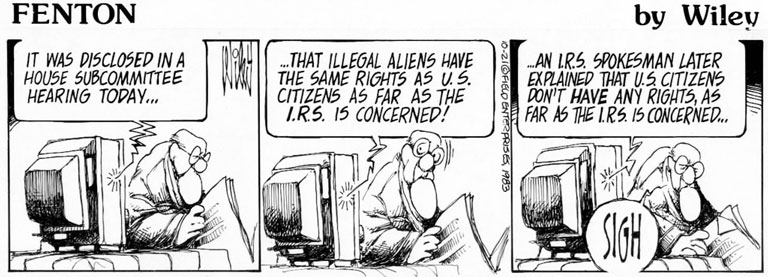
Wiley says the strip wasn’t a huge hit — it ran in about 100 papers. It would last for about three years.
1985
Hired as editorial cartoonist by the San Francisco Examiner. In addition, his work was syndicated to papers around the country.

Wiley would give that up, however, for “Non Sequitur.” Wiley feels like too many cartoonists try to do editorial cartoons and comics strips. “That’s two full-time jobs,” he says. “The quality of the work goes down. There’s too much stress” in the deadline-laden life of a cartoonist.
1988
Named best editorial cartoonist by the California Newspaper Publishers Association.
1991
Wins the Robert F. Kennedy Journalism Award for editorial cartooning.
1992
This was Wiley’s very first “Non Sequitur” comic strip from Sunday, Feb. 16, 1992.
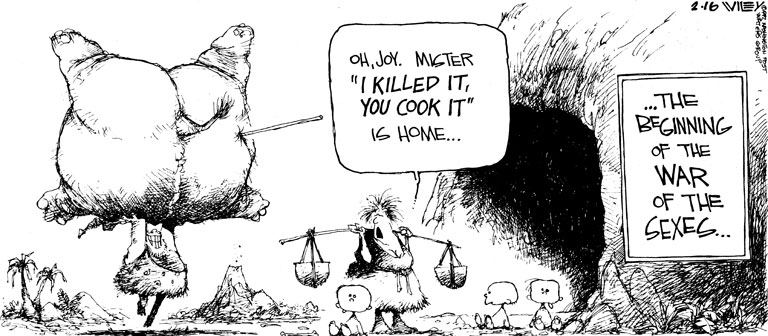
Hardly any papers ran it, he says. Eventually, “Non Sequitur” would appear in more than 700 newspapers around the U.S. That first year, the National Cartoonist Society names “Non Sequitur” Best Comic Strip.
In addition to his sharp wit and deft touch, Wiley earned a reputation for innovations in the somewhat stodgy world of comic strips.
For example: A typical newspaper Sunday comics section page looks like this:
But this little area is usually a title panel or an optional “throw-away” gag panel for editors who might want to cram more strips onto the page.
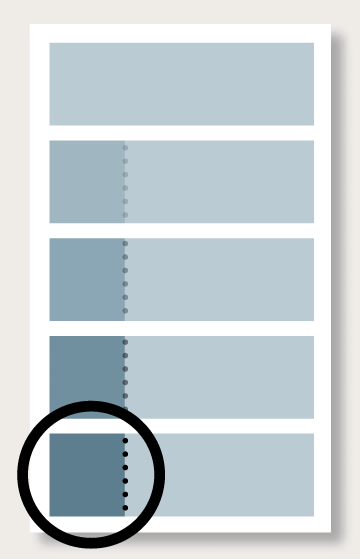
But this little area is usually a title panel or an optional “throw-away” gag panel for editors who might want to cram more strips onto the page.
Wiley’s brainstorm was to change his strip to a vertical shape to take advantage of this area.

It’s commonly done now. But Wiley was the first.
Wiley also pioneered a way to change from old-style flat comics colors to a more artistic “process color” style. This, too, has become standard.
And how did Wiley make changes like this happen? He had support from his syndicate, of course. But mostly: “I asked,” he says.
One gets the feeling that Wiley himself might make at topic for a great “Non Sequitur” strip one day.
1993
Wiley’s first book collection — “Dead Lawyers and Other Pleasant Thoughts” — is published.
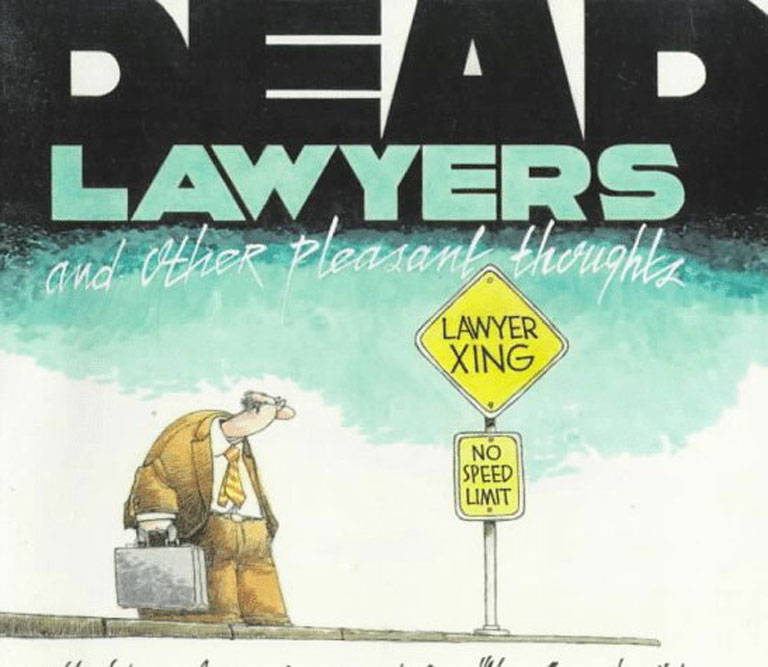
1995
The National Cartoonist Society names “Non Sequitur” Best Comic Panel. The strip wins the same award the next two years as well.
A second book collection — “The ‘Non Sequitur Survival Guide for the Nineties” — is published.
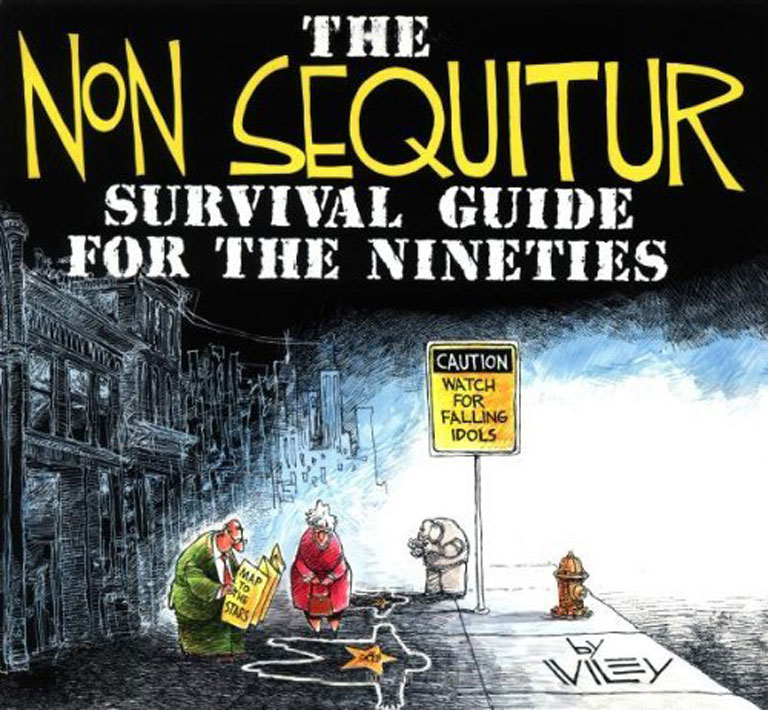
1999
“Non Sequitur’s Beastly Things” is published.
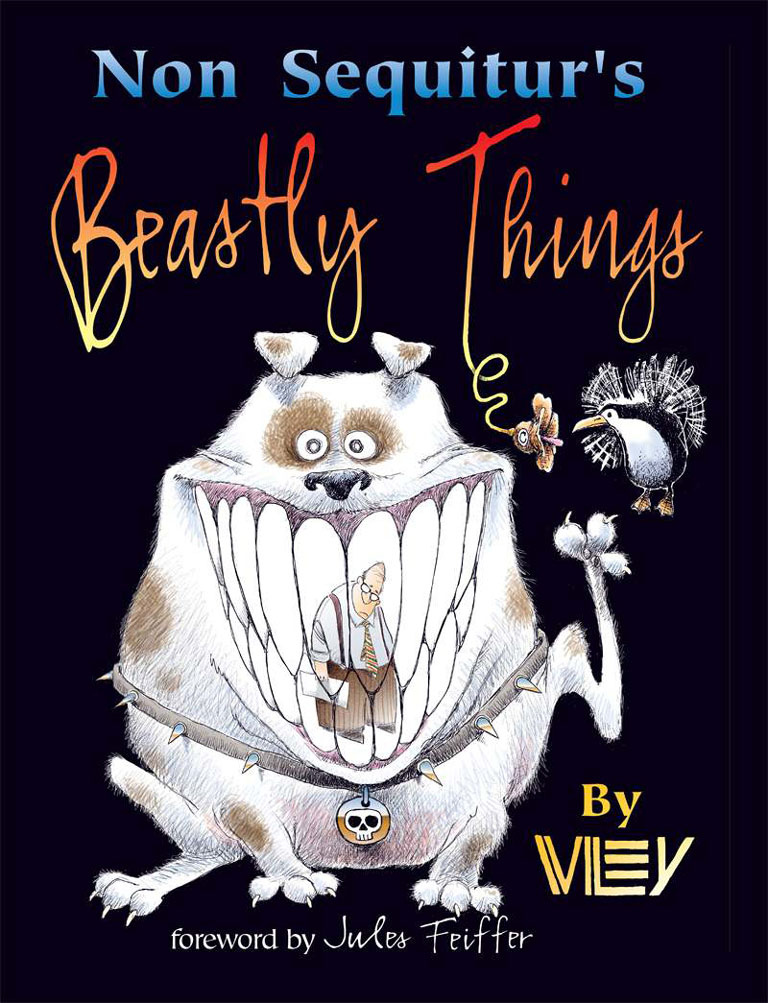
2002
“The Legal Lampoon: A Biasted, Unfair and Completely Accurate Law Review” is published.
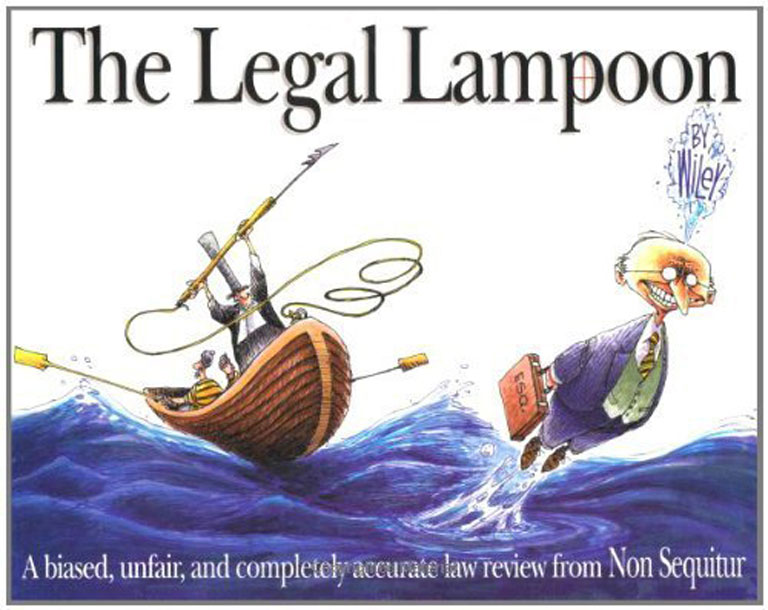
2003
“Why We’ll Never Understand Each Other: A Non-Sequitur Look at Relationships” is published.
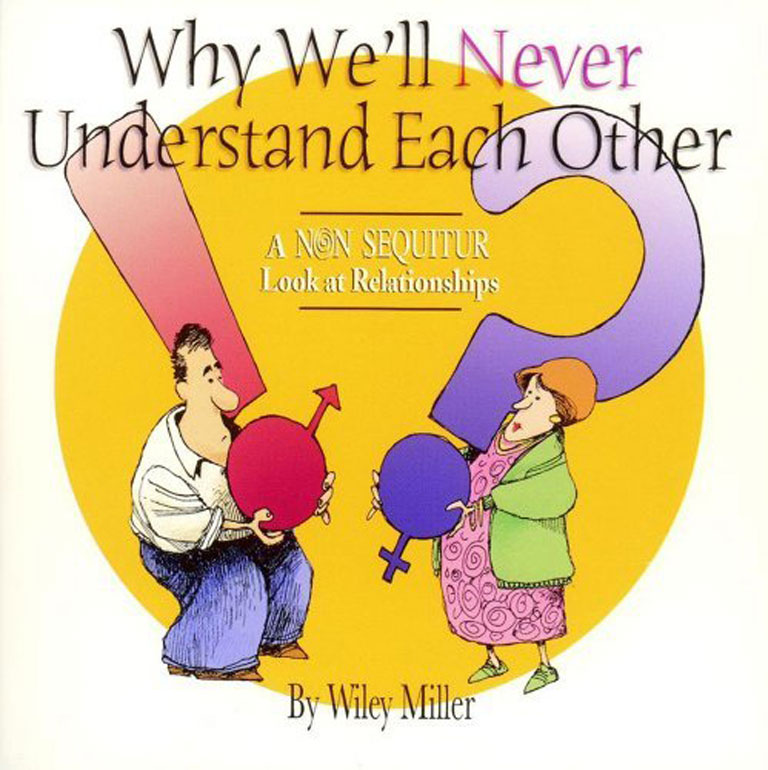
2004
The first “Non-Sequitur” calendar is published.
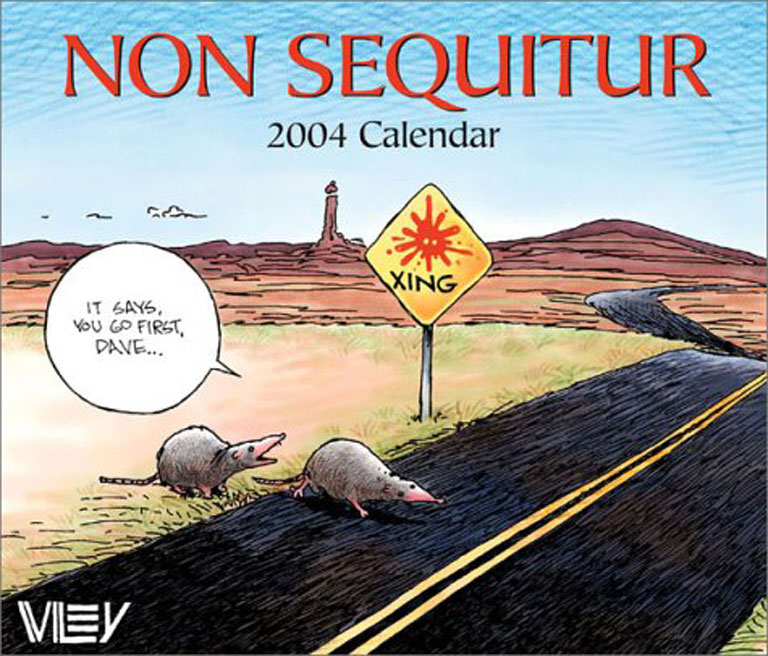
2005
“Lucy and Danae: Something Silly This Way Comes” and “Non Sequitur’s Sunday Color Treasury” are published.
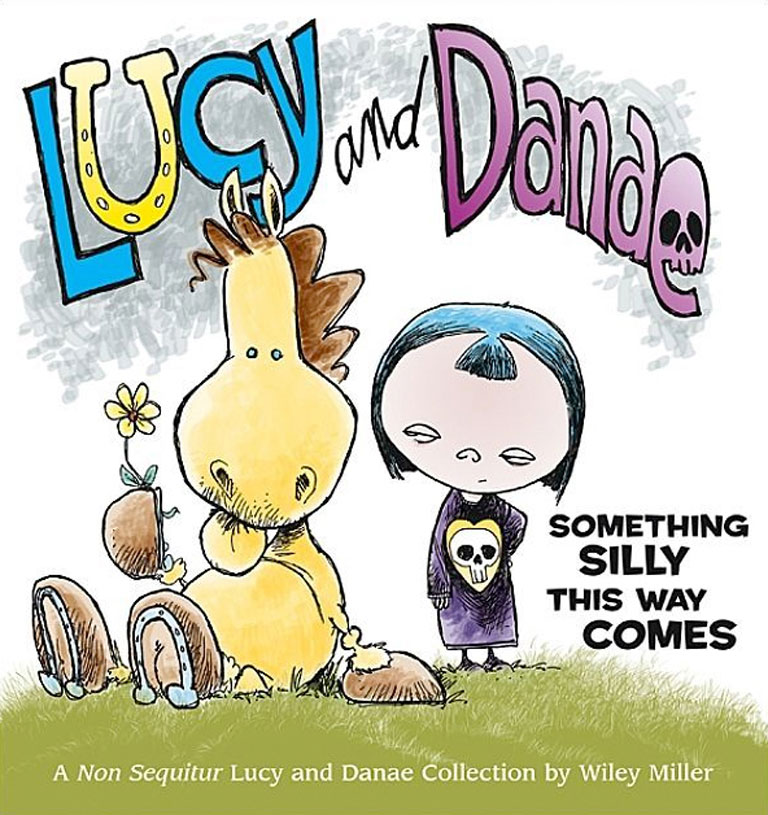
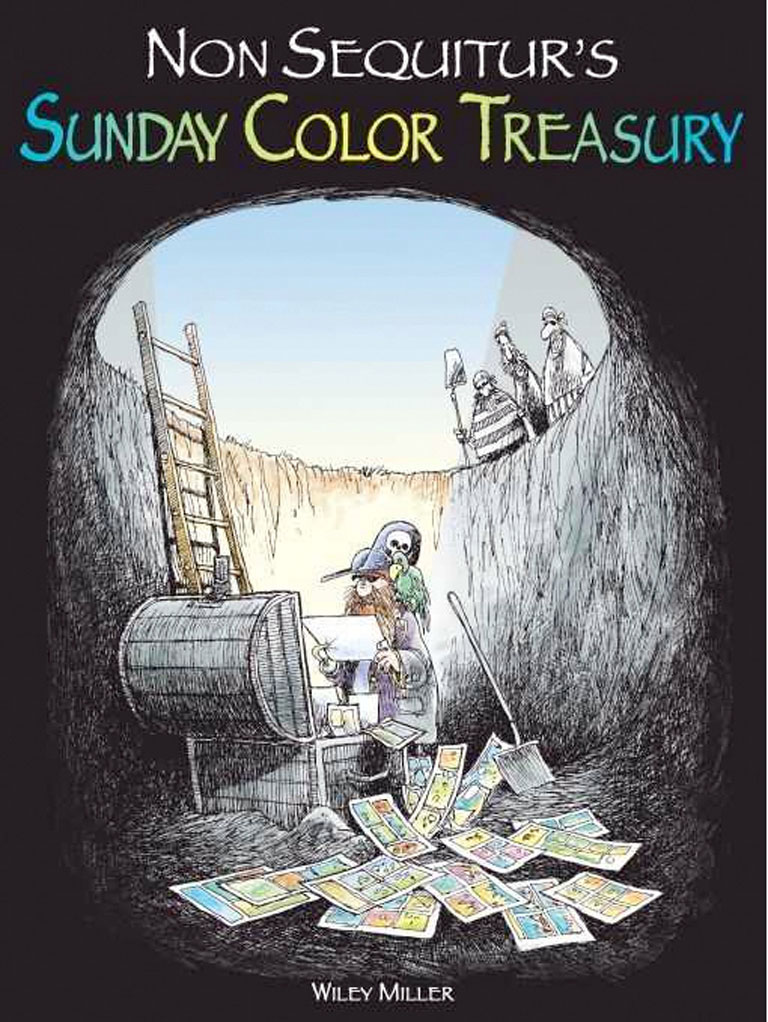
2006
Publishes his first children’s book: "The Extraordinary Adventures of Ordinary Basil."
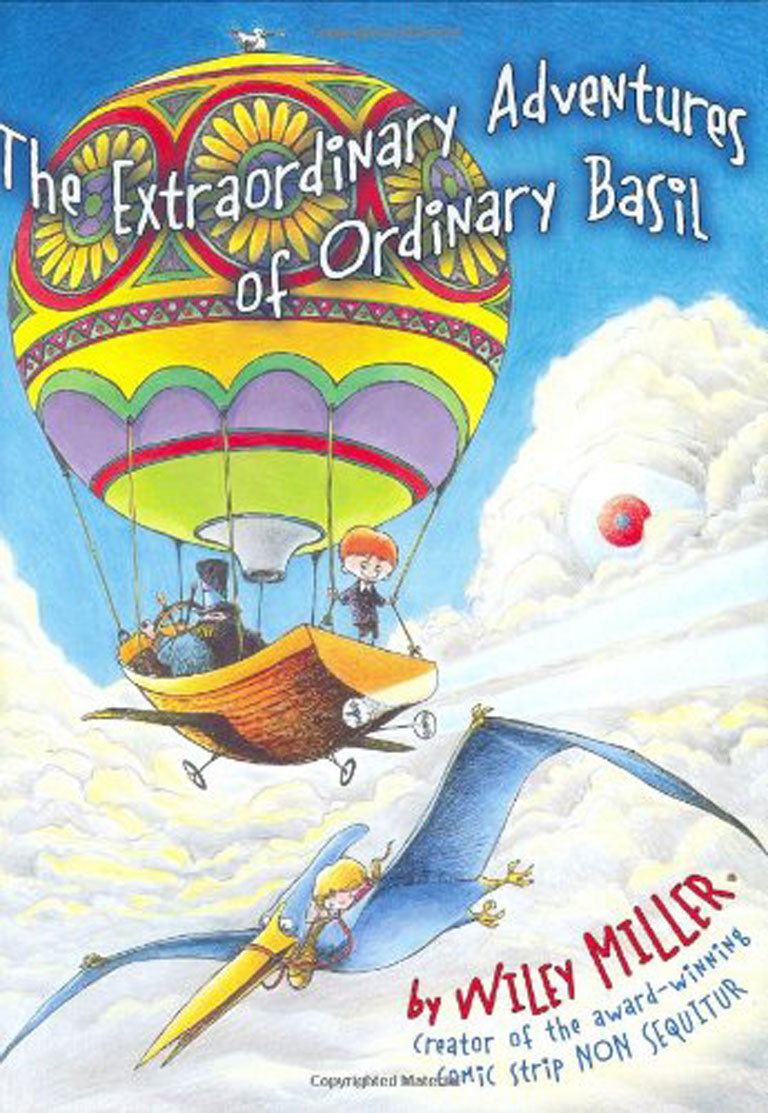
2008
His second children’s book: "Ordinary Basil: Attack of the Volcano Monkeys" is published.

2012
Two e-book collections are published: “The Non Sequitur Guide to Aging” and “The Non Sequitur Guide to Finance.”
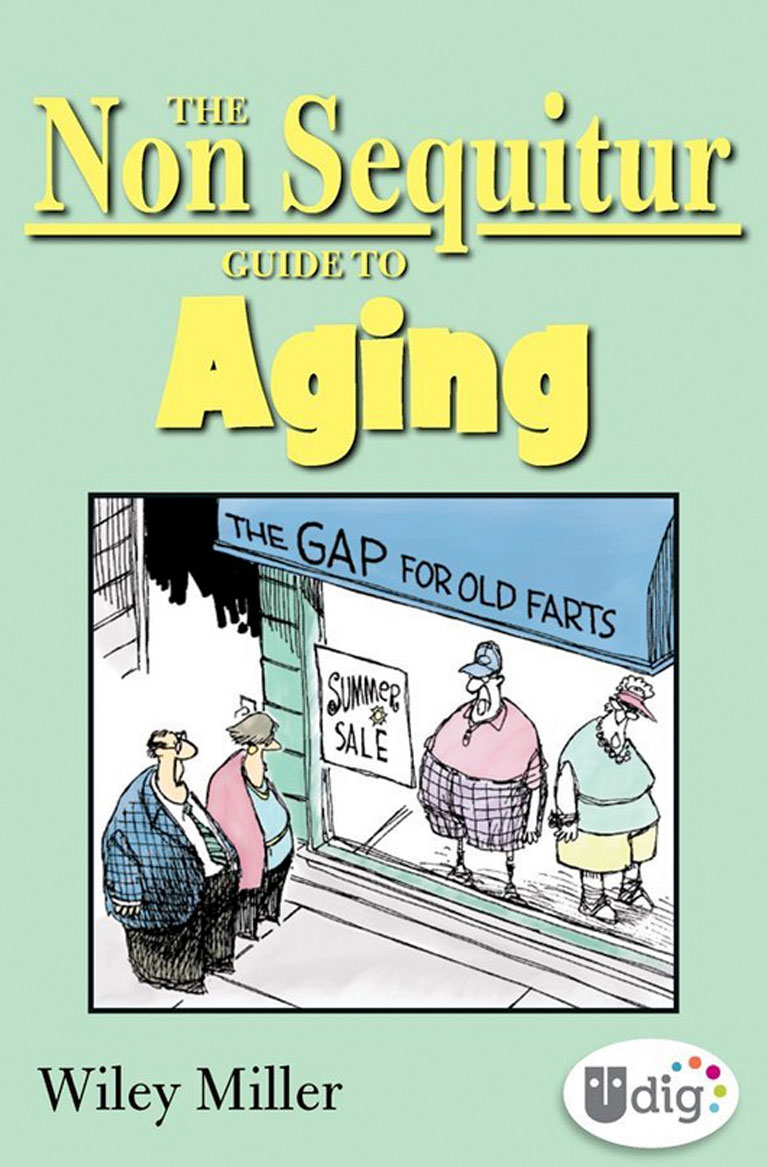

2014
Wiley wins the Reuben Award from the National Cartoonist Society, naming him Outstanding Cartoonist of the Year.
2019
February: Many papers — including The Spokesman-Review — cancel “Non Sequitur” after a hidden expletive is found in one of his daily strips.
June: Spokesman-Review readers vote to have the strip reinstated in the paper.
August 4: After Spokesman-Review readers voice their appreciation of Wiley’s work, “Non Sequitur” is reinstated in the paper.
August 5: "'Non Sequitur': An Evening with Wiley Miller"
When: Monday, Aug. 5, 7 p.m. Doors open at 6.
Where: Bing Crosby Theater, 901 W Sprague Ave., Spokane
Tickets: VIP ticket package: $50/per ticket. General Admission $6/per ticket.
Info: spokane7tickets.com